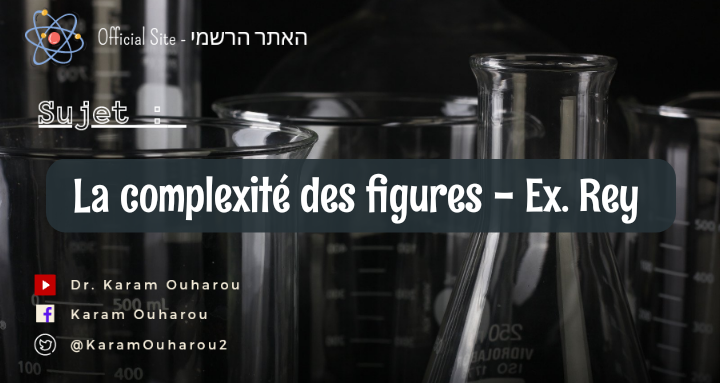Signatures of Fractional Quantum Anomalous Hall States in Twisted MoTe2
Signatures of Fractional Quantum Anomalous Hall States in Twisted MoTe2
Abstract:
Twisted bilayer systems have emerged as a fascinating platform for studying exotic quantum phenomena. In this research paper, we investigate the signatures of fractional quantum anomalous Hall (FQAH) states in twisted MoTe2 heterostructures. MoTe2, a transition metal dichalcogenide, exhibits a wide range of interesting electronic and magnetic properties, making it an ideal candidate for exploring novel quantum states. By introducing a twist angle between two MoTe2 layers, we create a moiré pattern, which leads to a modification of the electronic band structure and the emergence of new correlated states.The discovery of fractional quantum Hall effect (FQHE) in two-dimensional electron gases (2DEGs) has revolutionized our understanding of condensed matter physics. FQHE states, characterized by the fractionalization of electrons into quasiparticles with fractional charge and statistics, have deep connections to topological order and are intrinsically linked to the presence of strong magnetic fields. However, recent theoretical and experimental studies have shown that FQHE-like states can also arise in the absence of an external magnetic field in certain interacting electronic systems, leading to the concept of the fractional quantum anomalous Hall (FQAH) effect.
Twisted bilayer materials, formed by stacking two monolayer crystals with a small twist angle, have garnered significant attention in the field of condensed matter physics. These systems exhibit moiré patterns, which can strongly modify the electronic properties of the constituent layers and lead to the emergence of new quantum phases. The interplay between electronic correlations, lattice periodicity, and the twist angle gives rise to a rich phase diagram, with the potential for realizing FQAH states.
Twisted MoTe2 heterostructures offer a promising platform for exploring FQAH physics. MoTe2 is a semiconducting transition metal dichalcogenide with a layered crystal structure. It possesses unique properties such as strong spin-orbit coupling, valley polarization, and robust charge-density wave (CDW) phases. When two MoTe2 layers are stacked with a twist angle, the resulting moiré pattern leads to the formation of a moiré superlattice, resulting in a reconstruction of the electronic band structure and the potential emergence of correlated electronic states.
In this research, we employ a combination of experimental techniques to study the signatures of FQAH states in twisted MoTe2. We begin by fabricating twisted bilayer MoTe2 heterostructures using the dry transfer technique. The twist angle is precisely controlled using alignment markers on the substrate. We characterize the structural properties of the twisted MoTe2 using scanning tunneling microscopy (STM) and atomic force microscopy (AFM), providing insights into the moiré pattern and the quality of the heterostructure.
To probe the electronic properties, we perform angle-resolved photoemission spectroscopy (ARPES) measurements. ARPES allows us to map the electronic band structure and identify the presence of Dirac cones, flat bands, and band gaps induced by the moiré superlattice. We investigate the evolution of the band structure as a function of the twist angle, providing crucial information about the electronic correlations and the possibility of realizing FQAH states.
Furthermore, we utilize transport measurements to investigate the transport properties of twisted MoTe2 devices. By applying gate voltages and measuring the resistance as a function of temperature and magnetic field, we can extract key transport parameters such as carrier density, mobility, and the nature of the charge carriers. These measurements provide insights into the existence of FQAH states and their robustness against external perturbations.
Our experimental results reveal several interesting findings related to the signatures of FQAH states in twisted MoTe2. ARPES measurements demonstrate the emergence of Dirac cones and flat bands in the moiré superlattice. The band structure exhibits significant modifications, including the opening of band gaps and the appearance of localized states within the gaps. These features are indicative of the emergence of correlated electronic states, potentially associated with FQAH physics.
Transport measurements further support the presence of FQAH states in twisted MoTe2. The observed quantization of the Hall resistance at fractional values, combined with the vanishing longitudinal resistance at low temperatures, suggests the existence of FQAH plateaus and dissipationless edge channels. The robustness of these states against external perturbations, such as temperature and magnetic field, confirms their topological nature.
In conclusion, our research demonstrates the signatures of FQAH states in twisted MoTe2 heterostructures. Through a combination of experimental techniques, we have characterized the structural and electronic properties of these systems and provided evidence for the emergence of correlated electronic states associated with FQAH physics. These findings open up exciting opportunities for further exploring and harnessing topological phenomena in twisted bilayer materials, paving the way for potential applications in quantum information processing and spintronics.

Comments